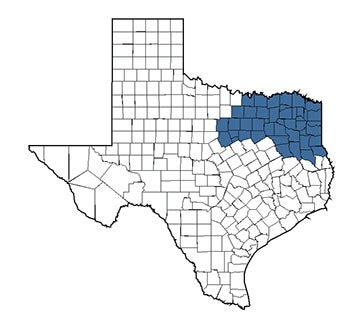Your Chemical Disposal Playbook
Right now, expired and improperly stored chemicals could be sitting in science labs, transportation shops, custodial closets, and other school facilities. The law doesn’t allow you to pour chemicals down the drain or throw them in the trash. That doesn’t mean they should gather dust on long-forgotten shelves.
If you’re looking for a safe, compliant chemical disposal playbook, consider lab packs.
What is a Lab Pack?
A lab pack is a container filled with smaller containers of chemicals. The small containers are packed in material that allows a lab waste disposal company to safely move chemicals to a disposal facility.
If you're new to lab packing, ask your legal counsel about agencies and laws that regulate lab packs. That includes the Resource Conservation and Recovery Act.
When is Chemical Disposal Necessary?
We recommend our members dispose of chemical waste after each school year. In the meantime, it’s important to store and manage your chemicals the right way.
These guidelines will help you decide when to earmark chemicals for lab packing:
- Within six months of expiration. The expiration date should be on the label. Regardless of expiration date, don’t keep hazardous chemicals longer than five years.
- When the storage condition degrades. For example, containers can crack and leak. It’s also common for chemicals to be stored without being properly sealed, or they could stored at an unsuitable temperature.
- If you don’t need or use the chemical regularly. Some schools purchase chemicals in bulk to cut costs. Lab packing is expensive, so you’ll likely spend more than you save when it’s time to dispose of expired inventory.
Unpacking the Process
Safely and legally disposing of chemicals can be a daunting duty. Make the task manageable by breaking it into steps:
Take Inventory
The vendor can take inventory of chemicals ready for disposal, or you can save money by doing it yourself. Remember, lab packing is expensive, so dispose of as much inventory as possible. For price comparison, use your inventory to get at least three quotes.
Temporarily Store Chemicals Safely
Store chemicals waiting for lab pack disposal in a well-ventilated, secured area. Choose a space that’s removed from labs. Block off the area and mark it with a sign that reads “Danger – Hazardous Waste.”
- Store chemicals off the floor.
- Label the contents.
- Make sure containers are in good condition.
Choose the Right Vendor
The law assigns your organization “cradle to grave” responsibility for chemical waste, even after it’s in third-party hands. It is important to choose the right hazardous waste removal company:
- Verify that vendors comply with all regulations.
- Make sure they have the right training, experience, skilled chemists, detailed cleanup crews, paperwork, and insurance.
- Ask for references from other schools they’ve served. You can also ask other districts which vendors they’re hired.
- Get an itemized quote that includes costs such as labor, disposal, supplies, taxes, and fees.
How to Get the Most Value from Lab Packing:
- Combine chemicals from across the organization into a single lab pack, but do not move the chemicals from their respective areas. The vendor will pick up from satellite locations.
- Label everything you can. Lab packing companies charge more for unidentified chemicals. If you can’t identify a chemical, make an educated guess or request an on-site test.
- Send your inventory to each vendor and ask for an itemized quote. The quote should include services such as disposal, supplies, and transportation.
- Consider lab pack vendor recommendations from other districts and get at least three quotes.
Ready to Dive Deeper?
If you need help disposing of chemicals, your risk solutions consultant is here for you. Fund members with Workers’ Compensation, Property, or Liability coverage can watch this on-demand webinar: Safety and Savings – 2 Reasons to Manage Chemical Inventory.

Nicole Callahan
Nicole Callahan is located in Rowlett and is responsible for providing risk solutions services to Workers’ Compensation, Auto, Property, and Liability members in ESC Regions 8, 10, and 11 and most of Region 7.
Callahan joined TASB Risk Management Services as a risk solutions consultant in 2018. She began her environmental career in 2002. Callahan’s field service experience in the public and private sectors ranges from plant decommissioning to high-hazard emergency response.
You May Also Like…
View All Related Insights
Elements of Accident Prevention Plans
An accident prevention plan can keep employees safe at work and keep them from taking days off of work. We broke down how to create one and what to include.

How To Manage and Mitigate Your Burn Risks
From bustling kitchens to science labs to maintenance and transportation shops, there are plenty of opportunities for burns to occur at your school or community college.

The Importance of a Thorough Accident Investigation
Conduct accident investigations to uncover the root causes of workplace injuries, correct them, and reduce the risk of similar injuries.

Breaking Down Entry Level Driver Training Requirements
Federal entry level driver training requirements apply to CDL holders, including bus drivers. Do these four things to help your schools comply.
